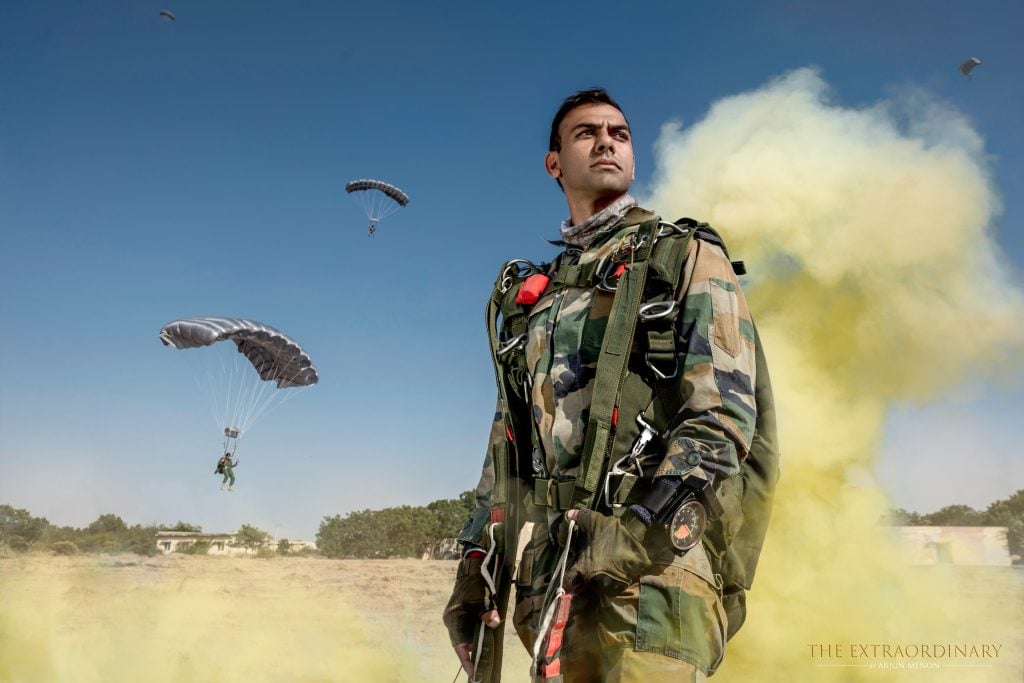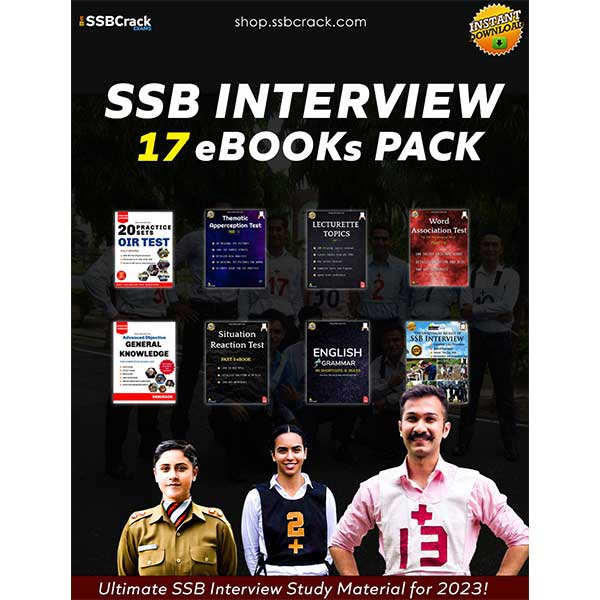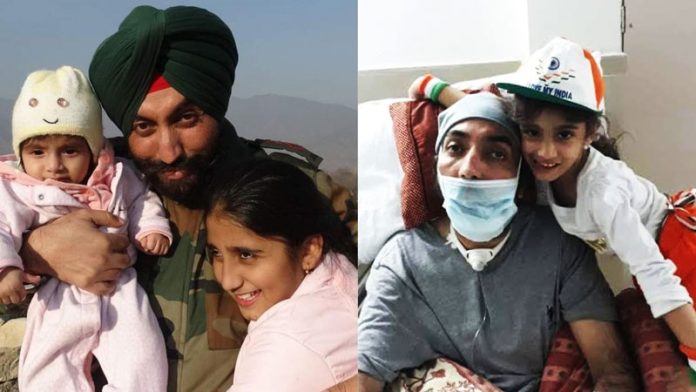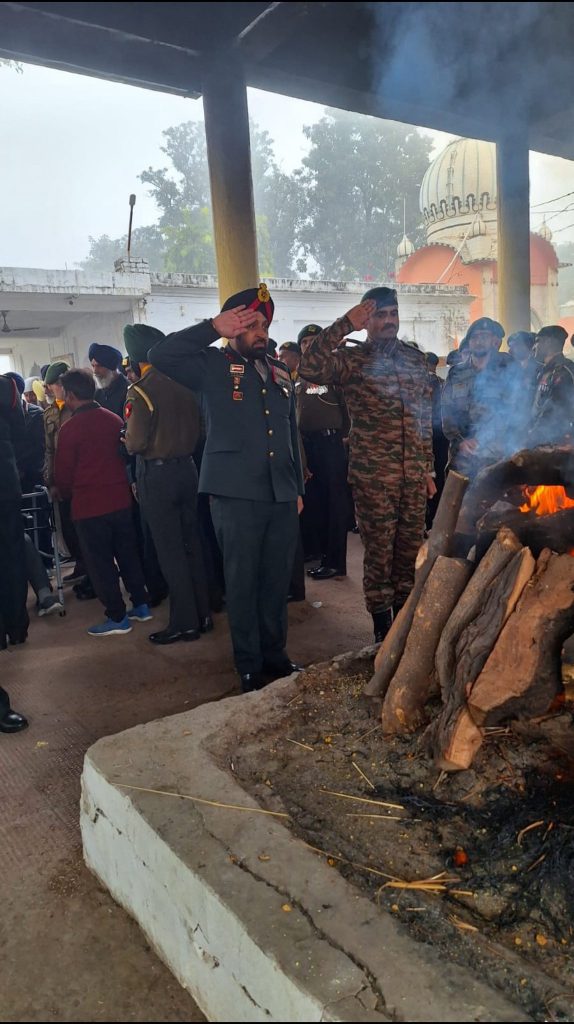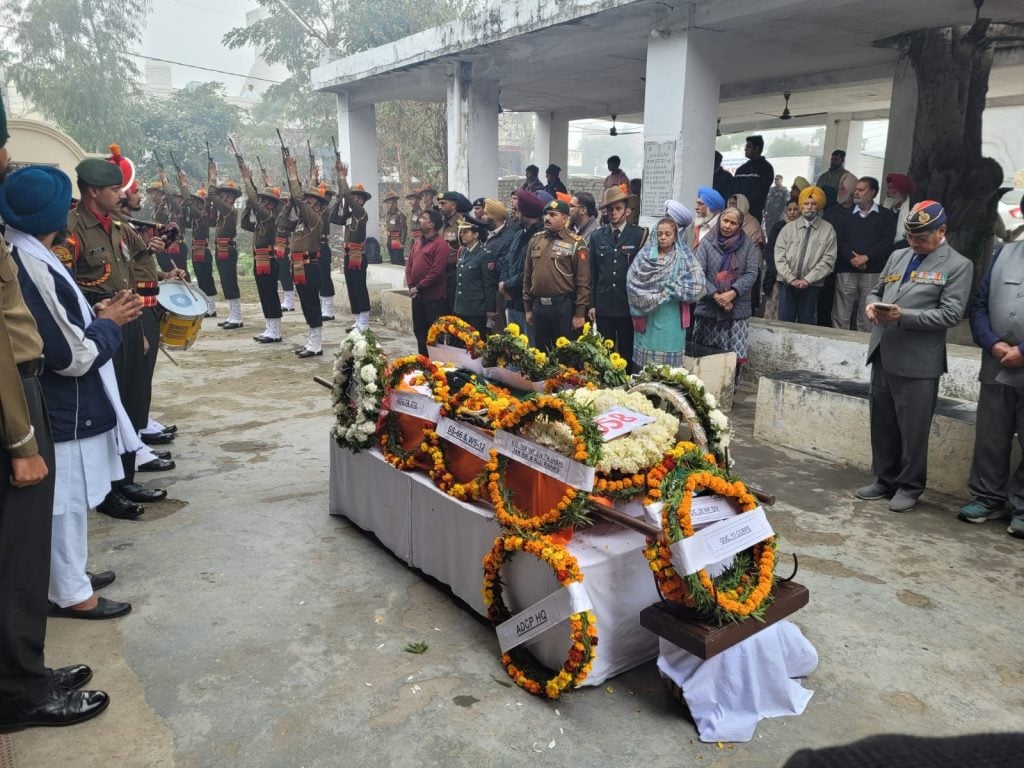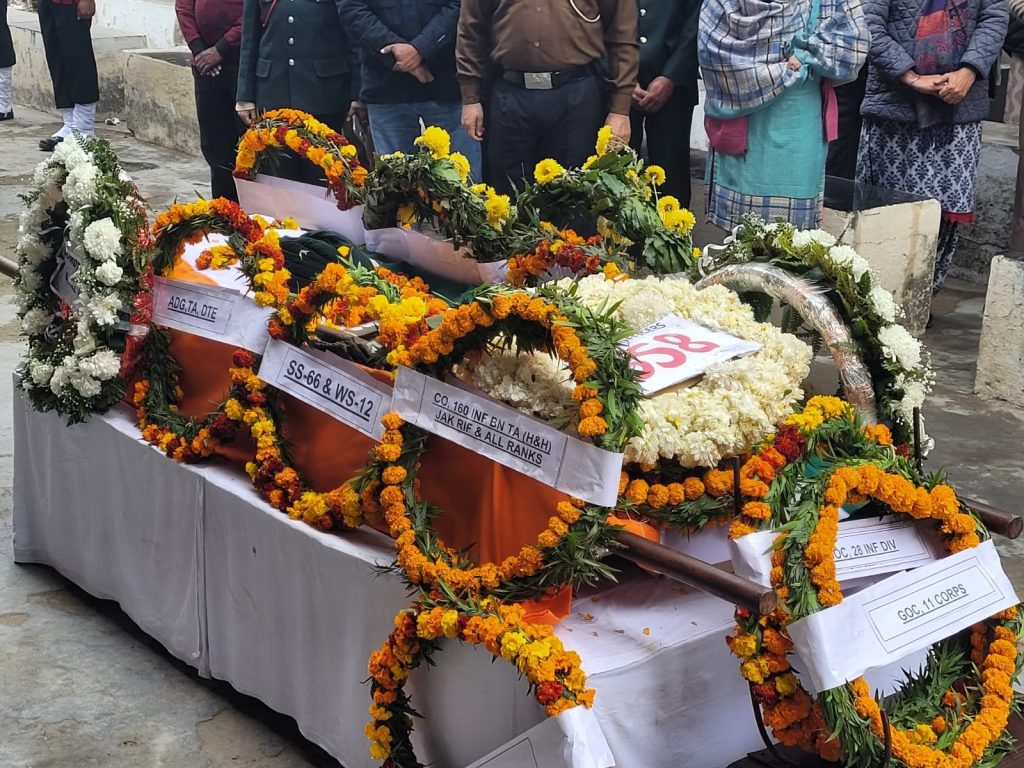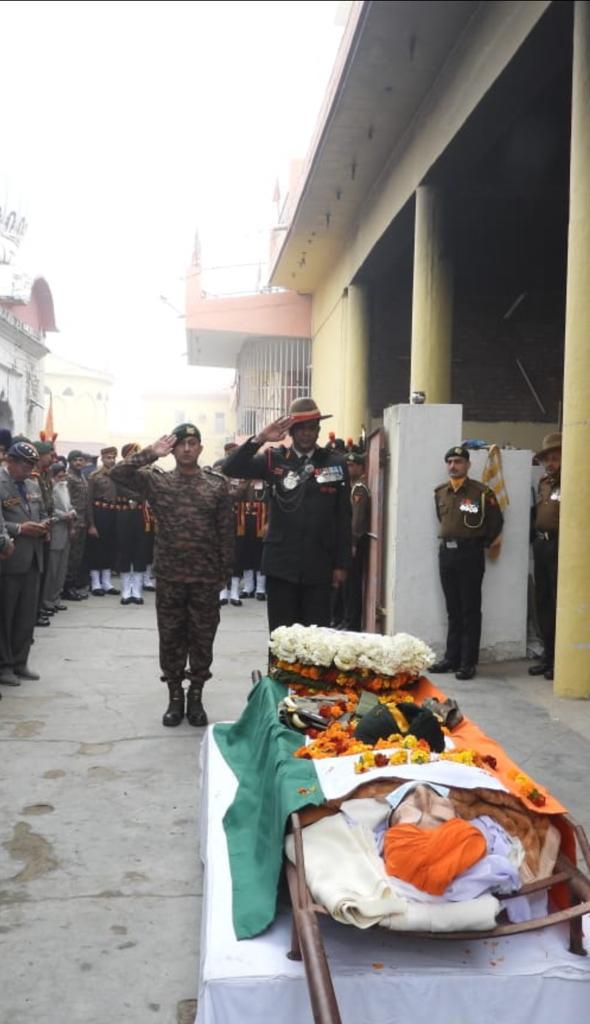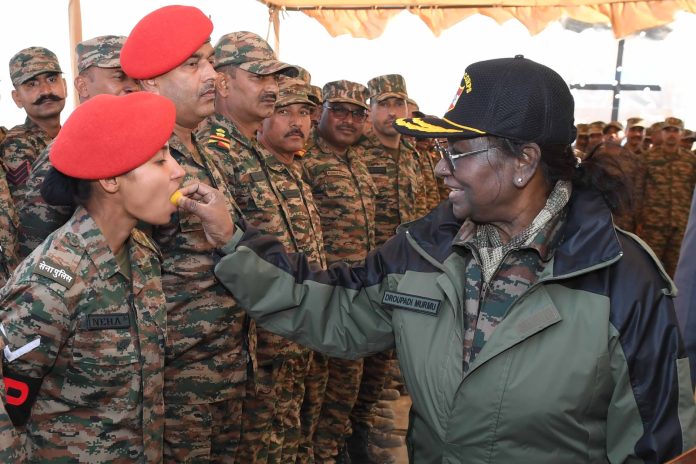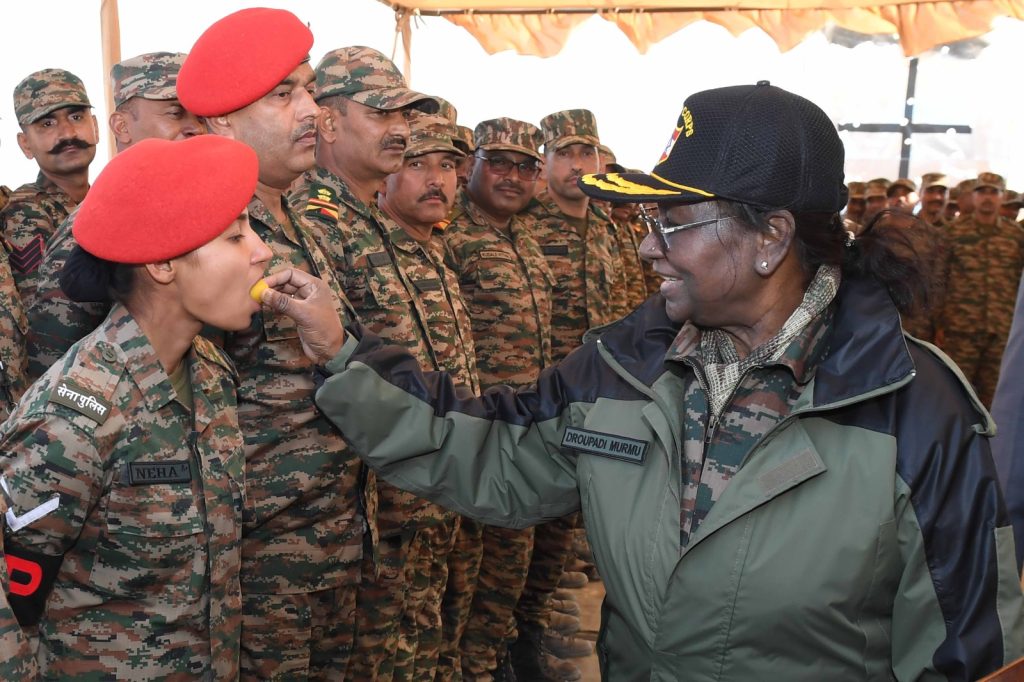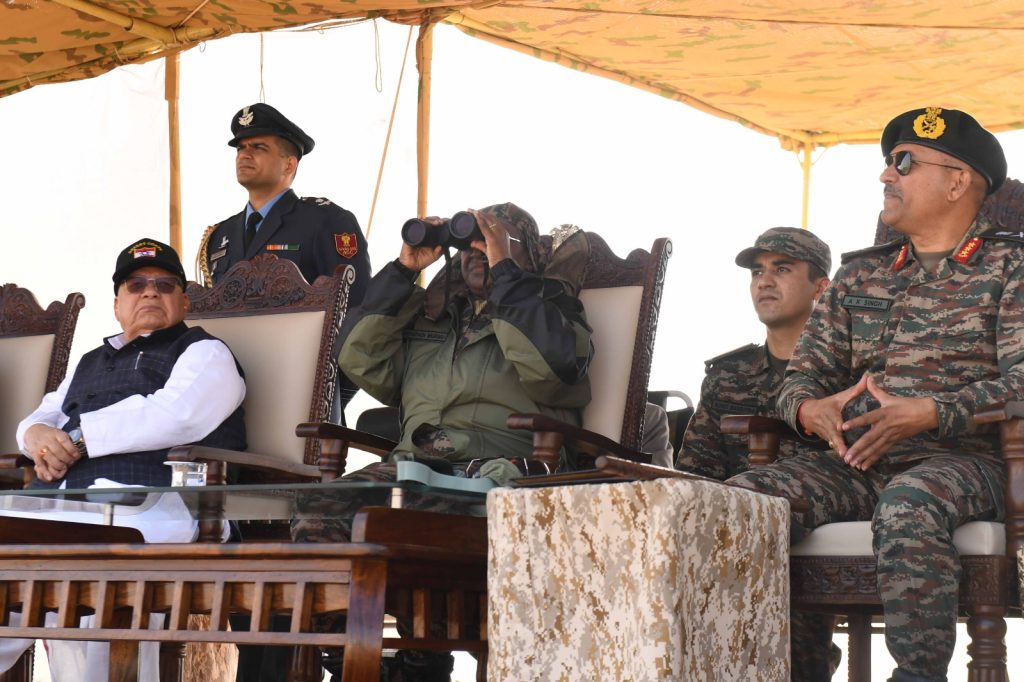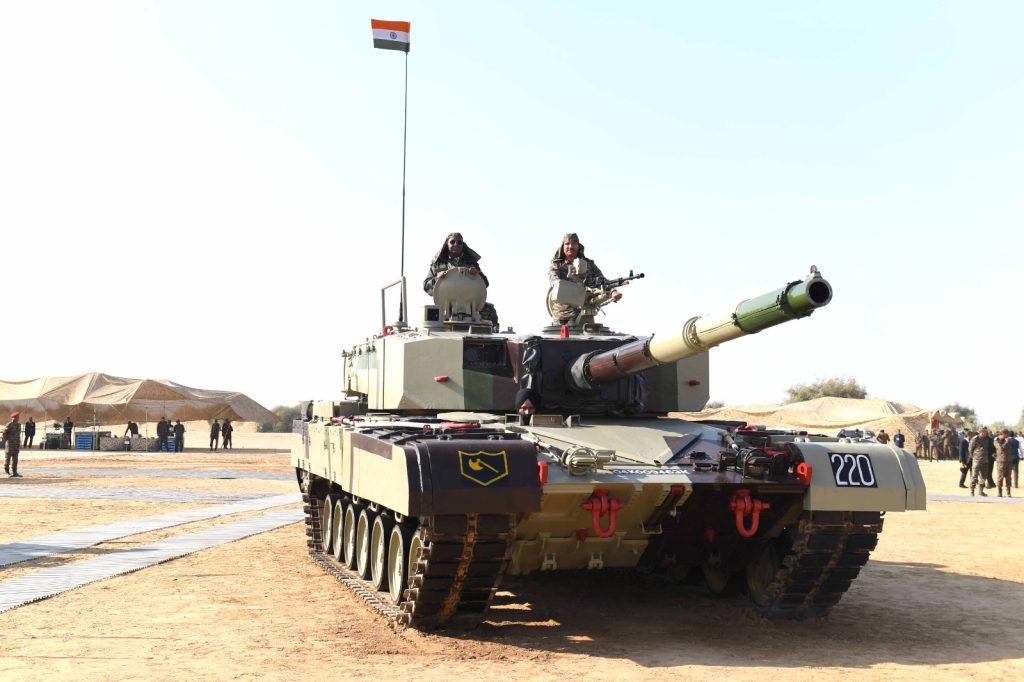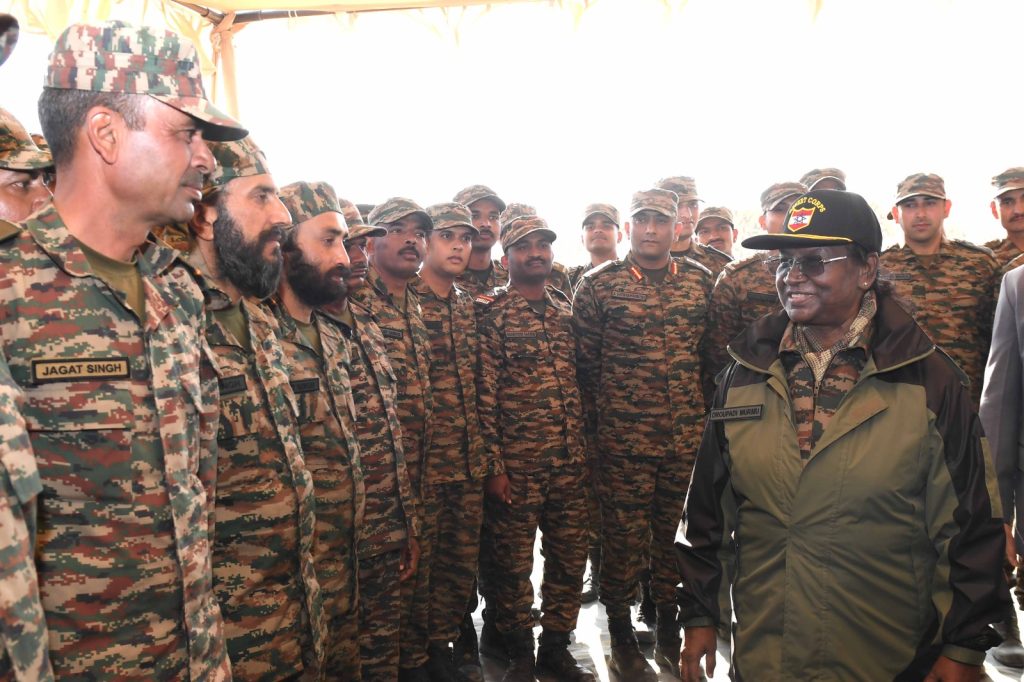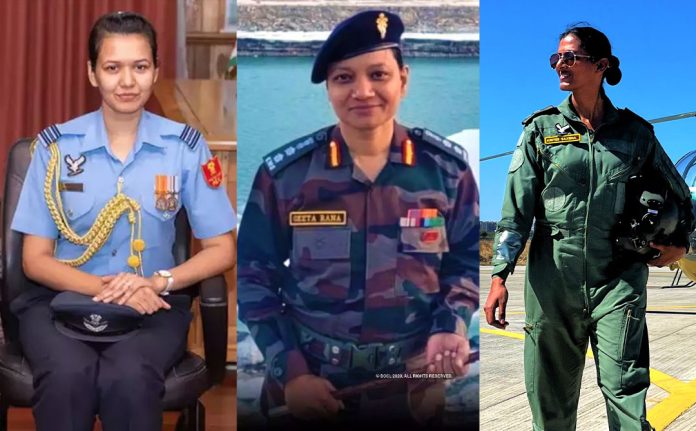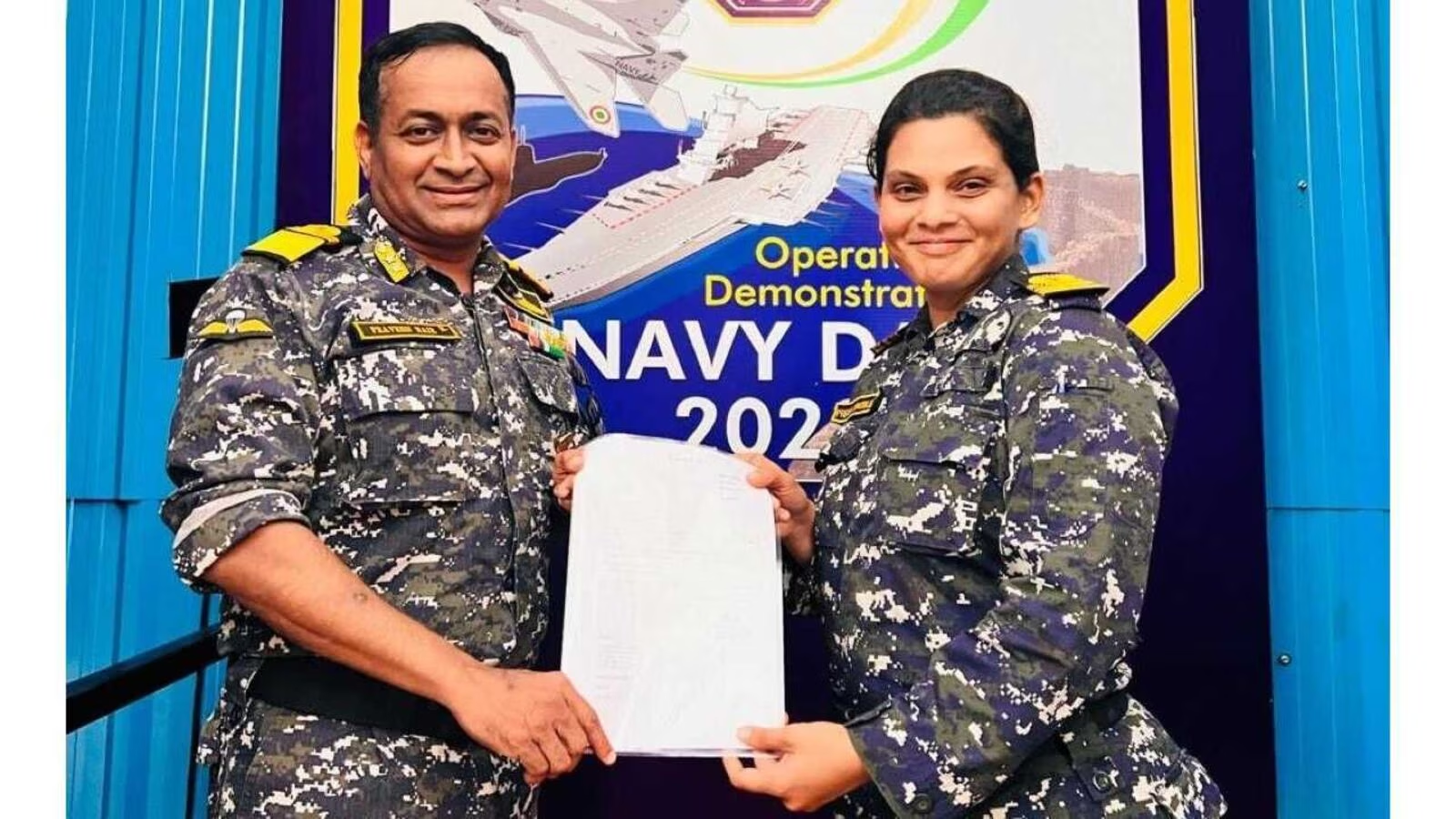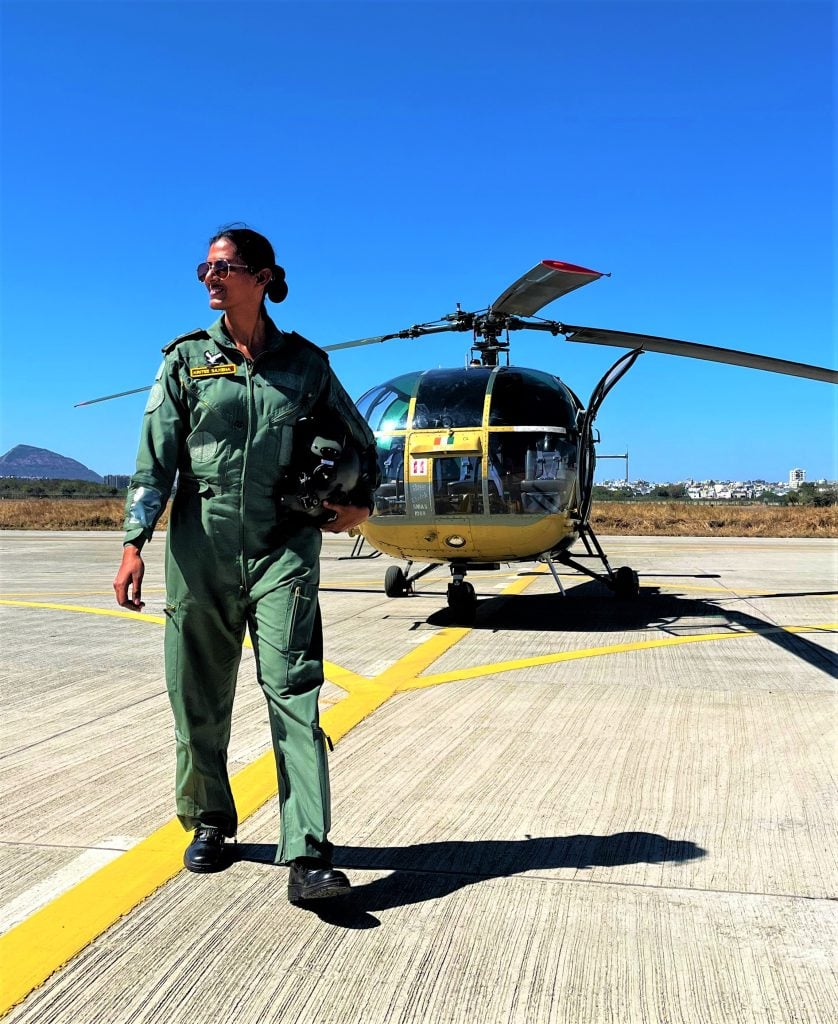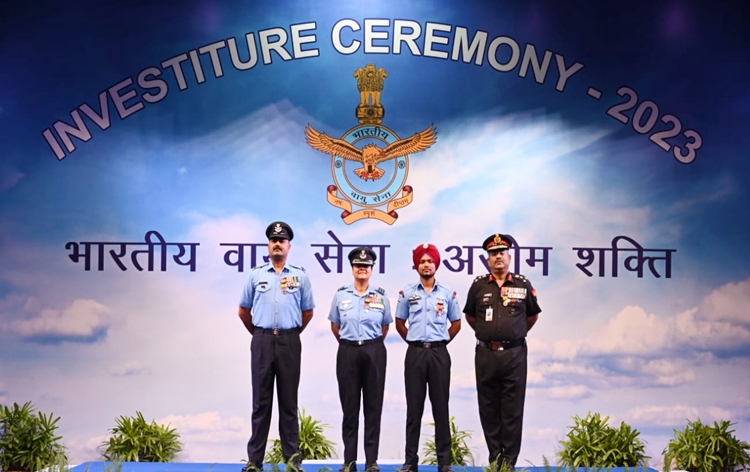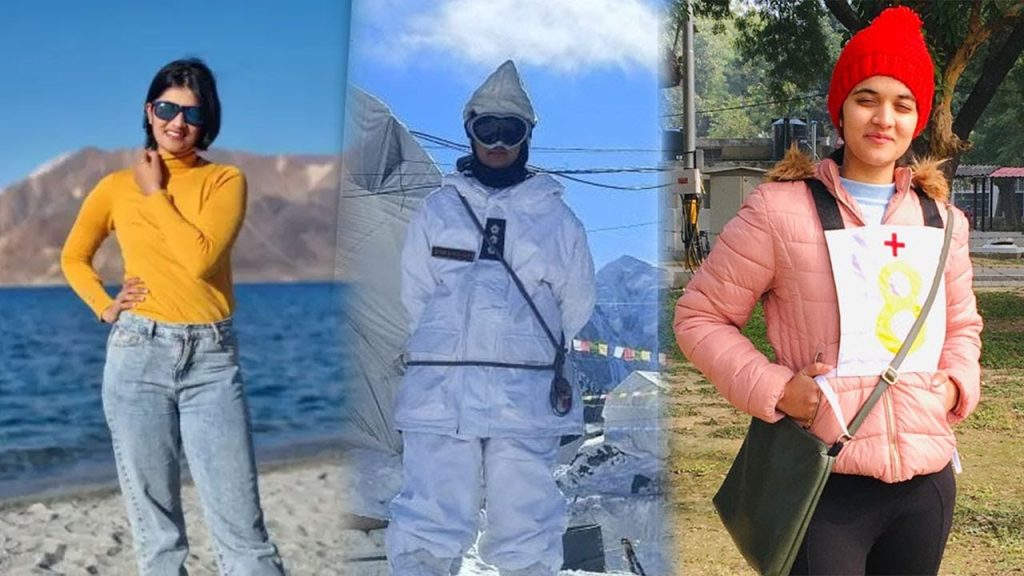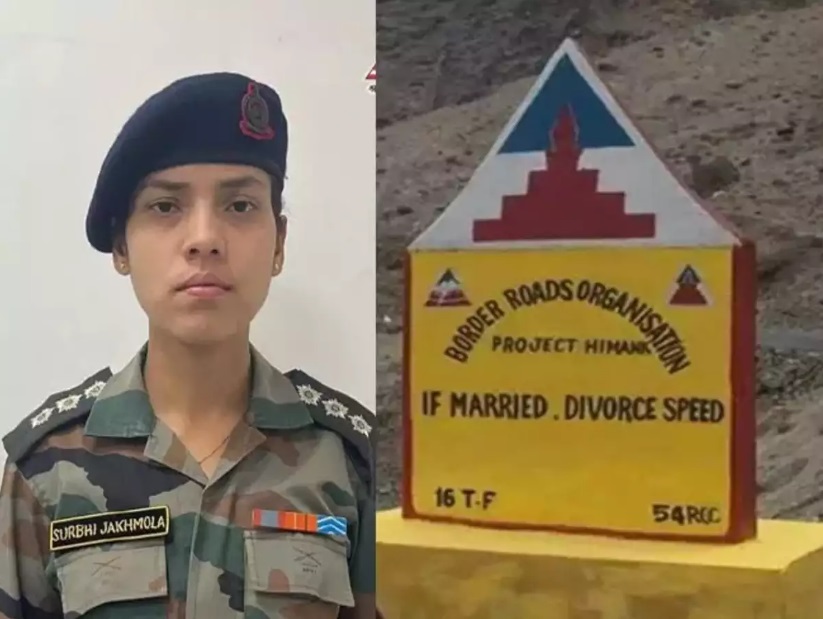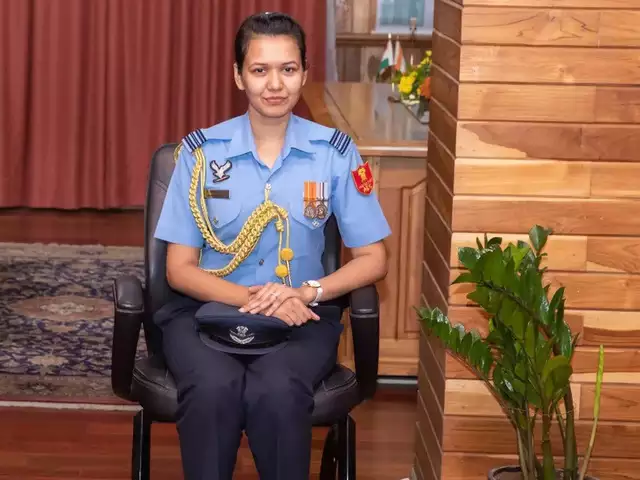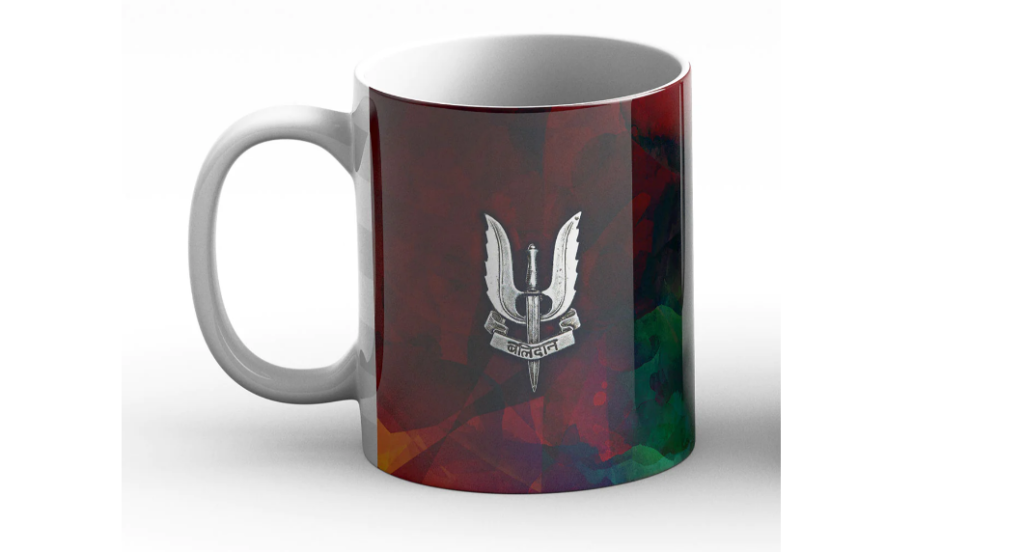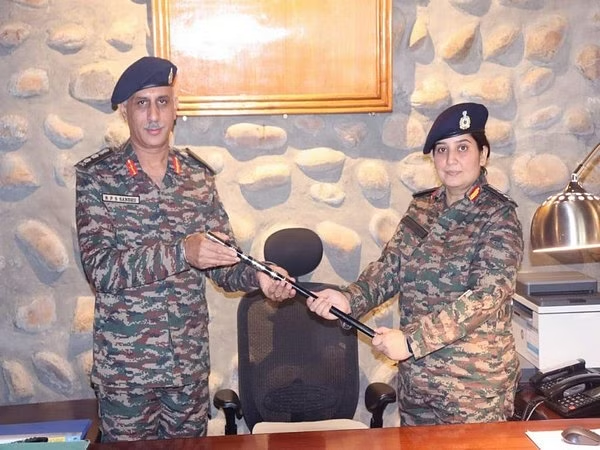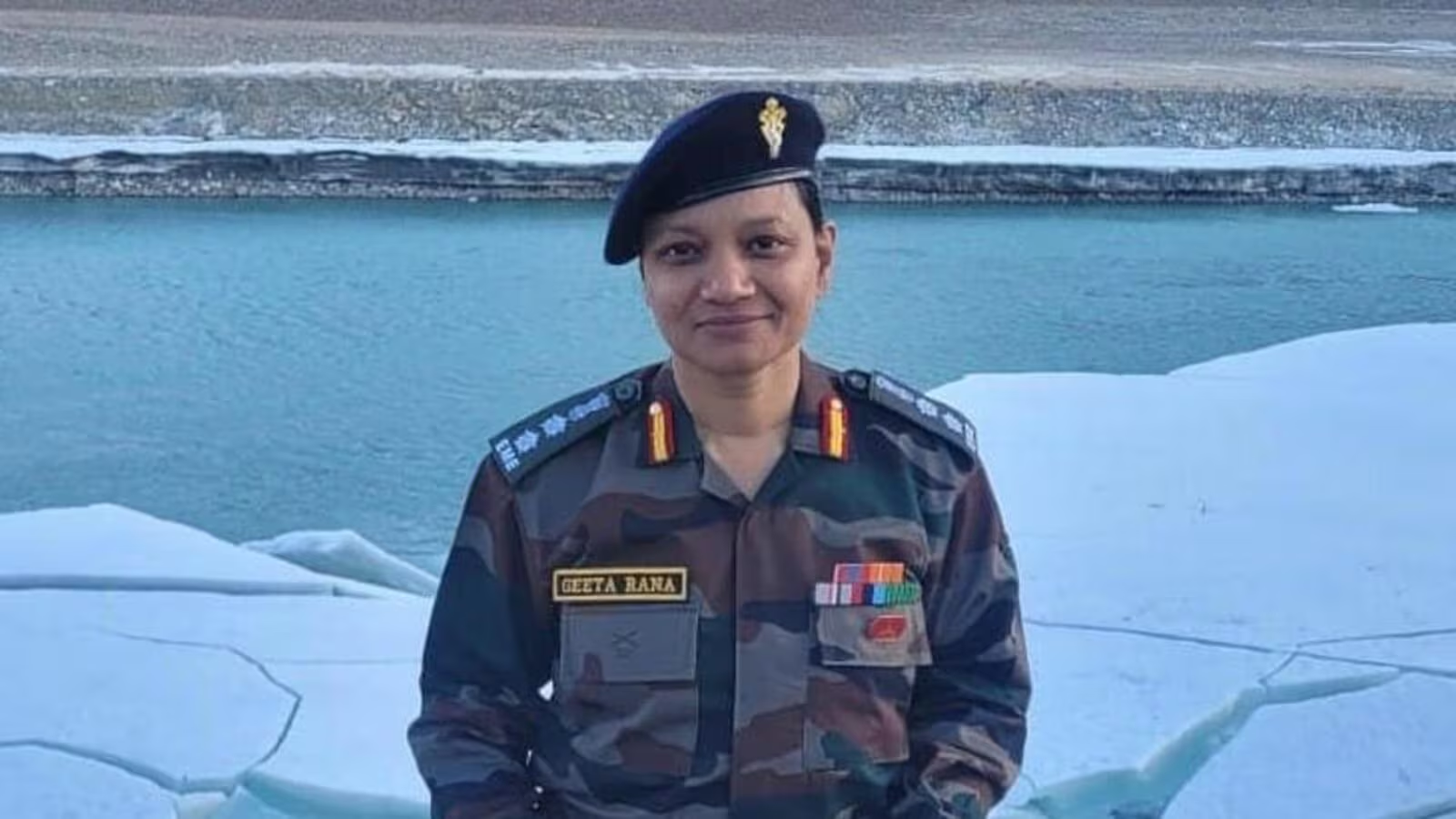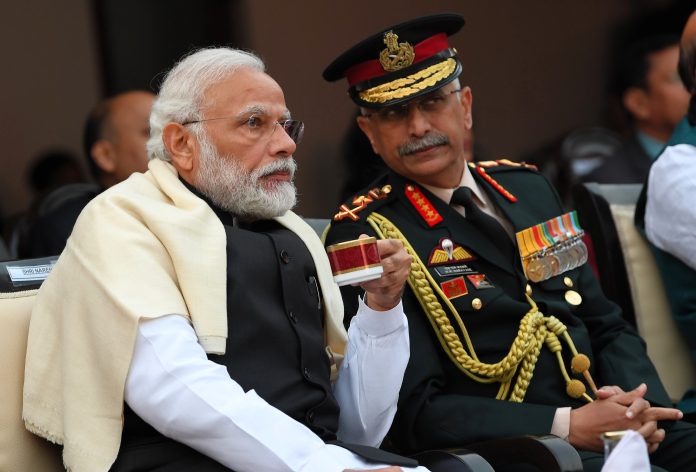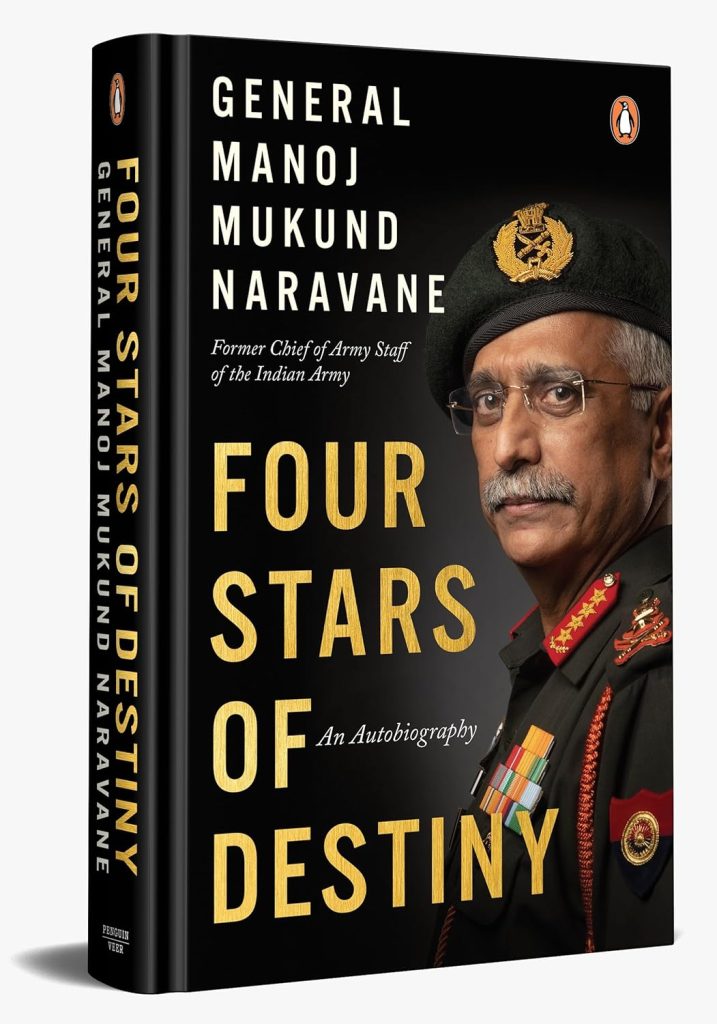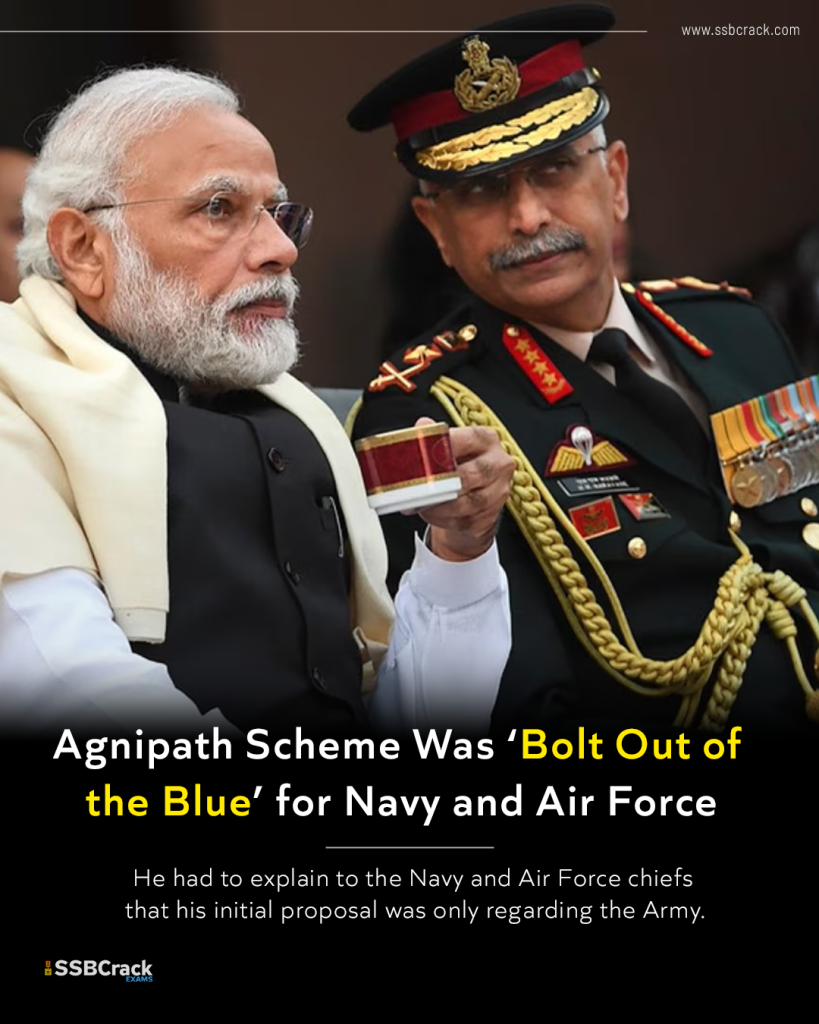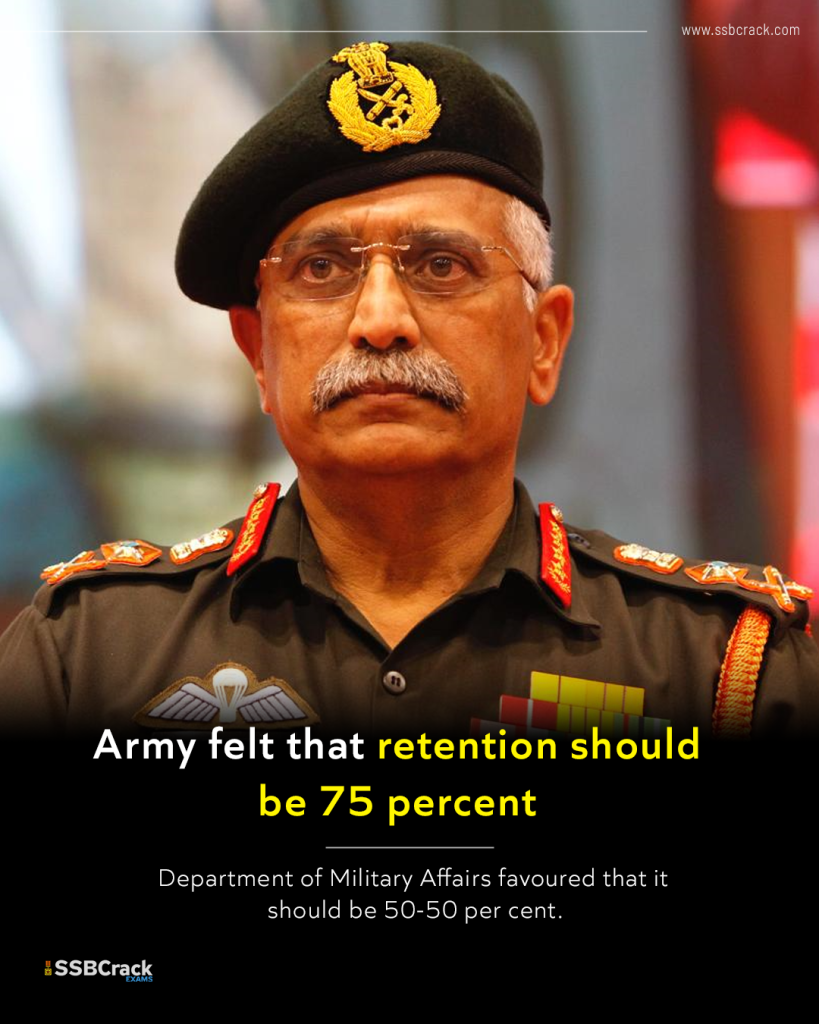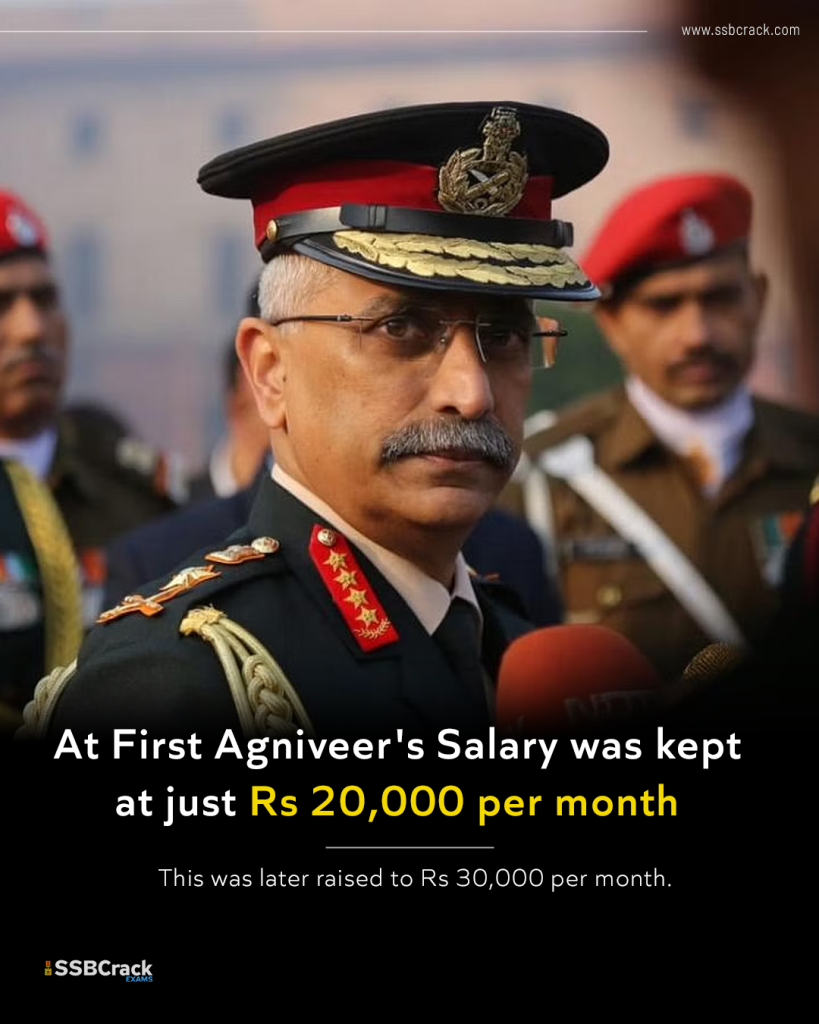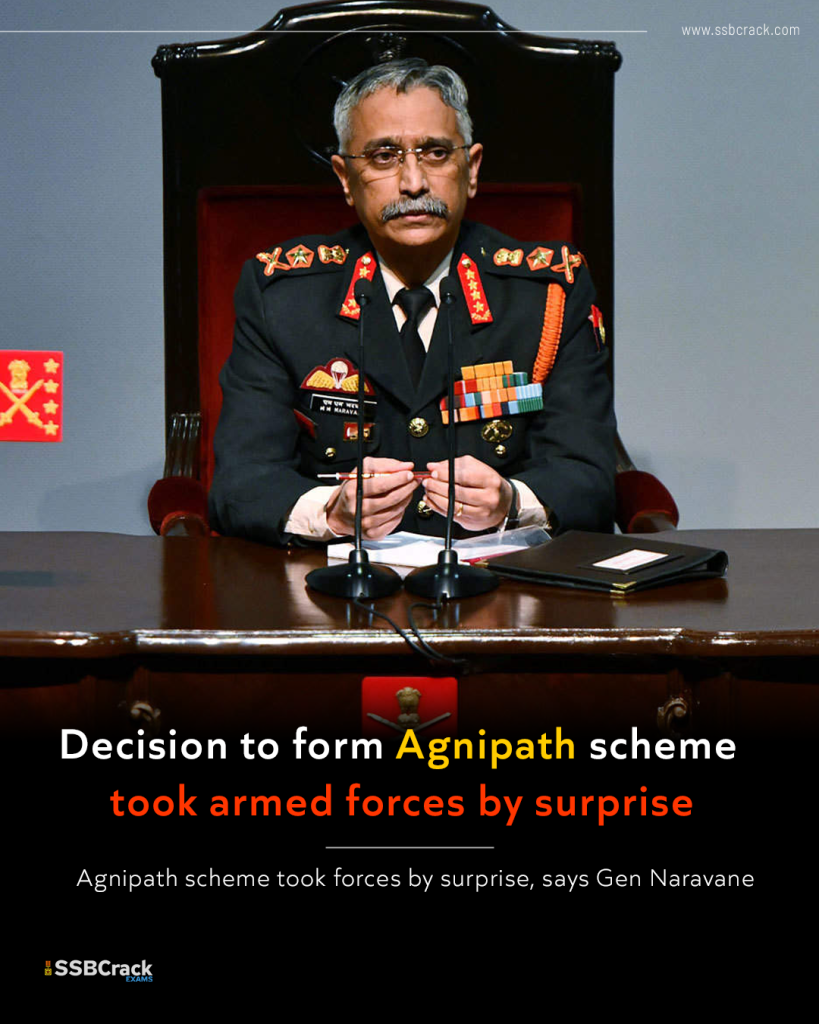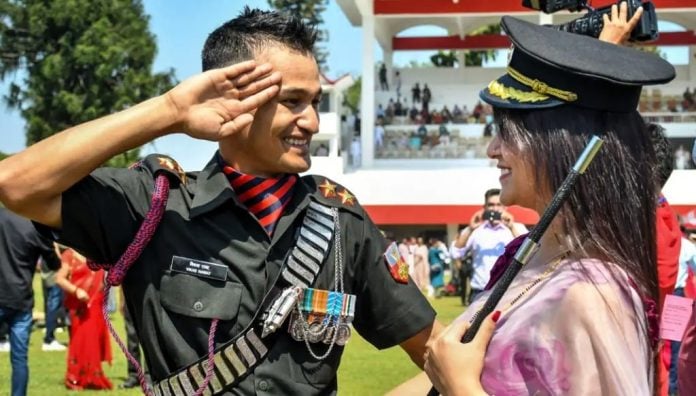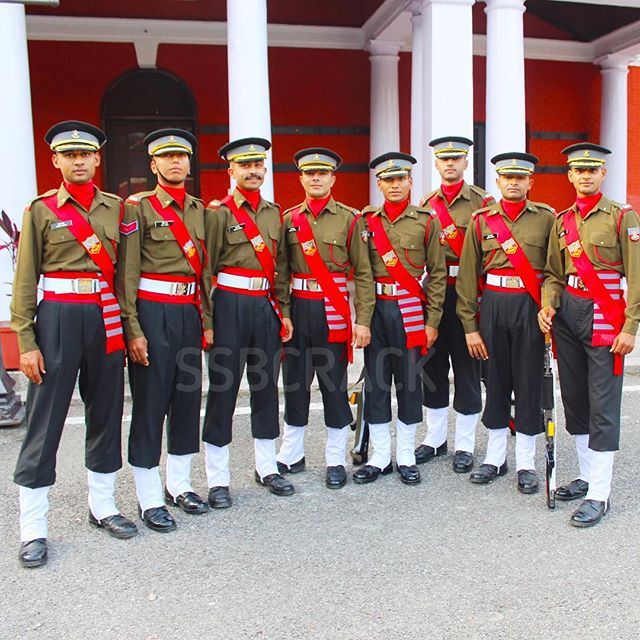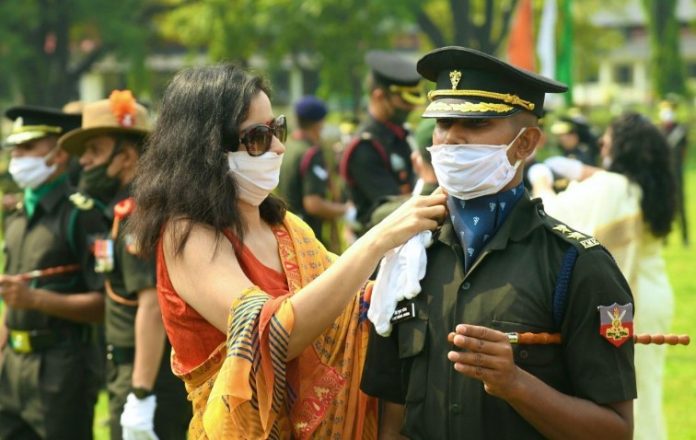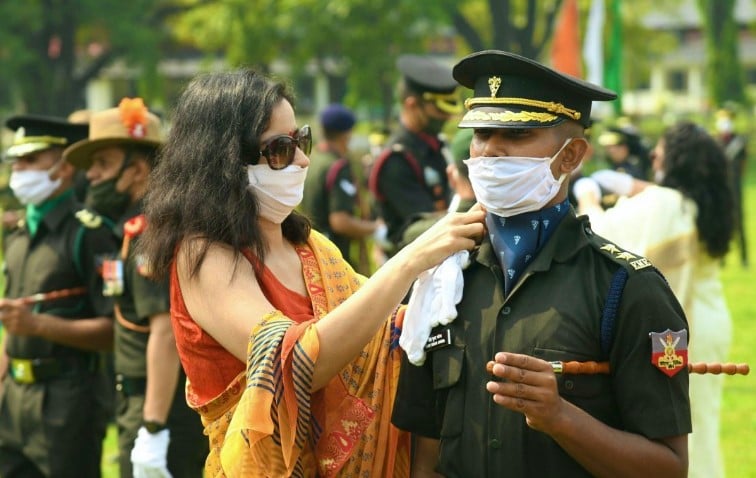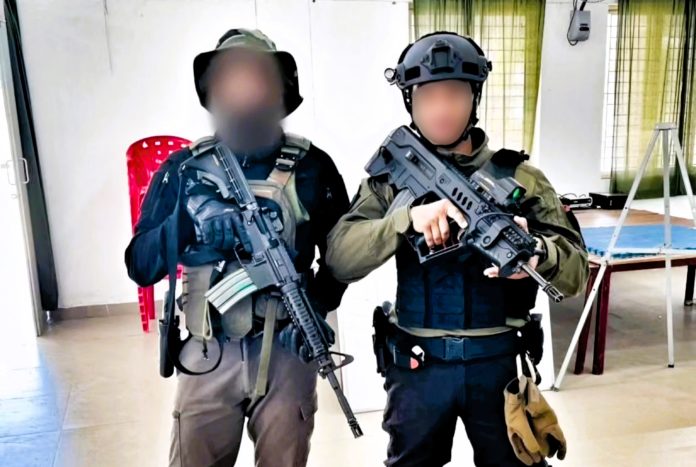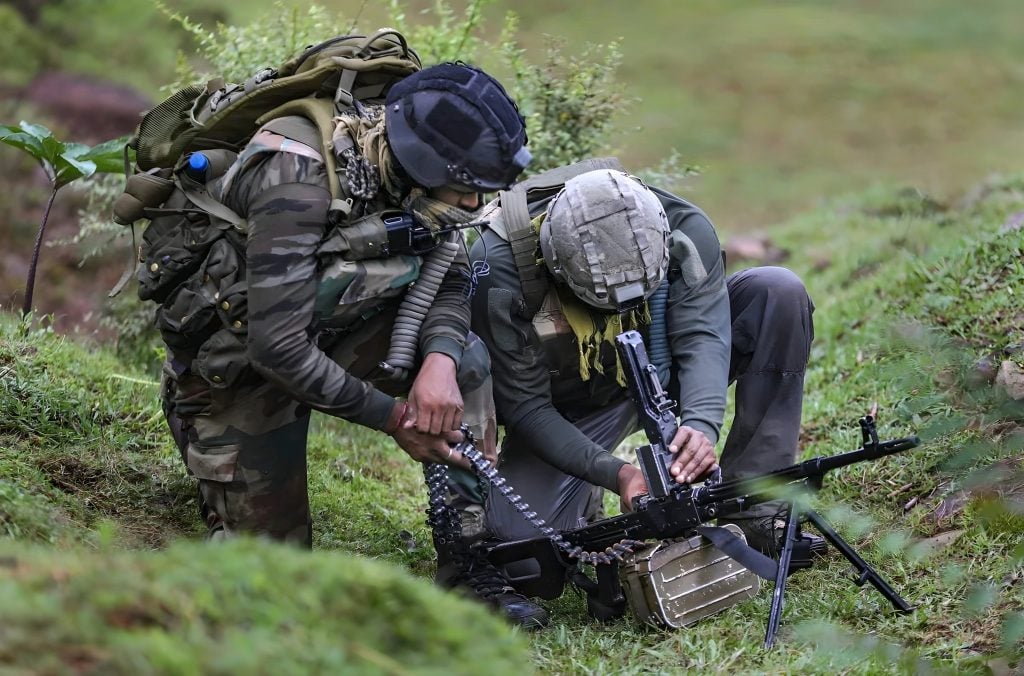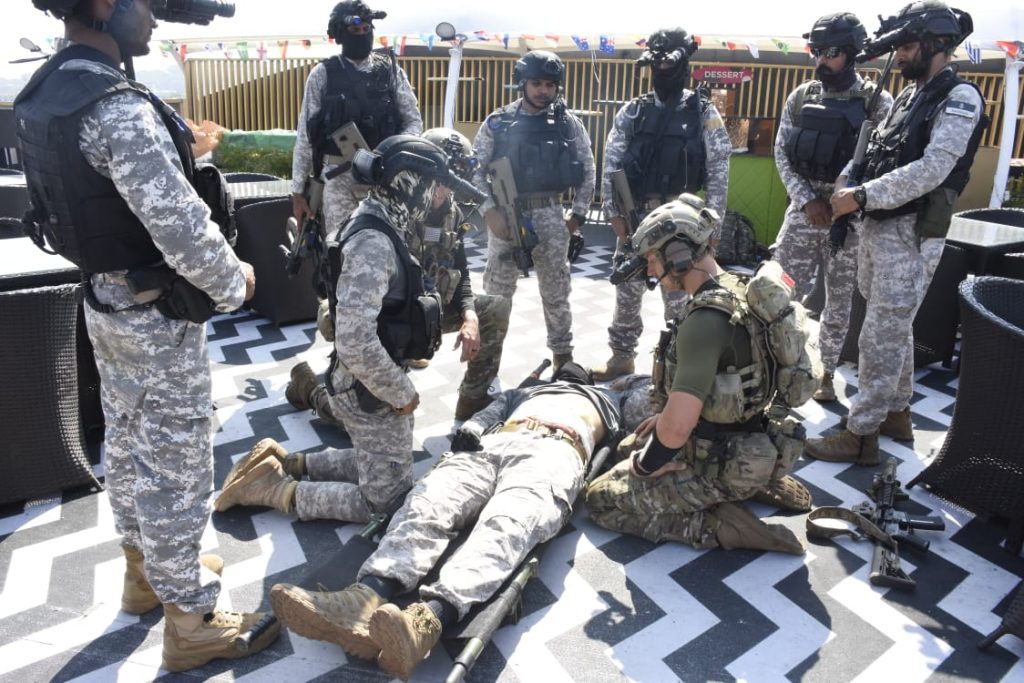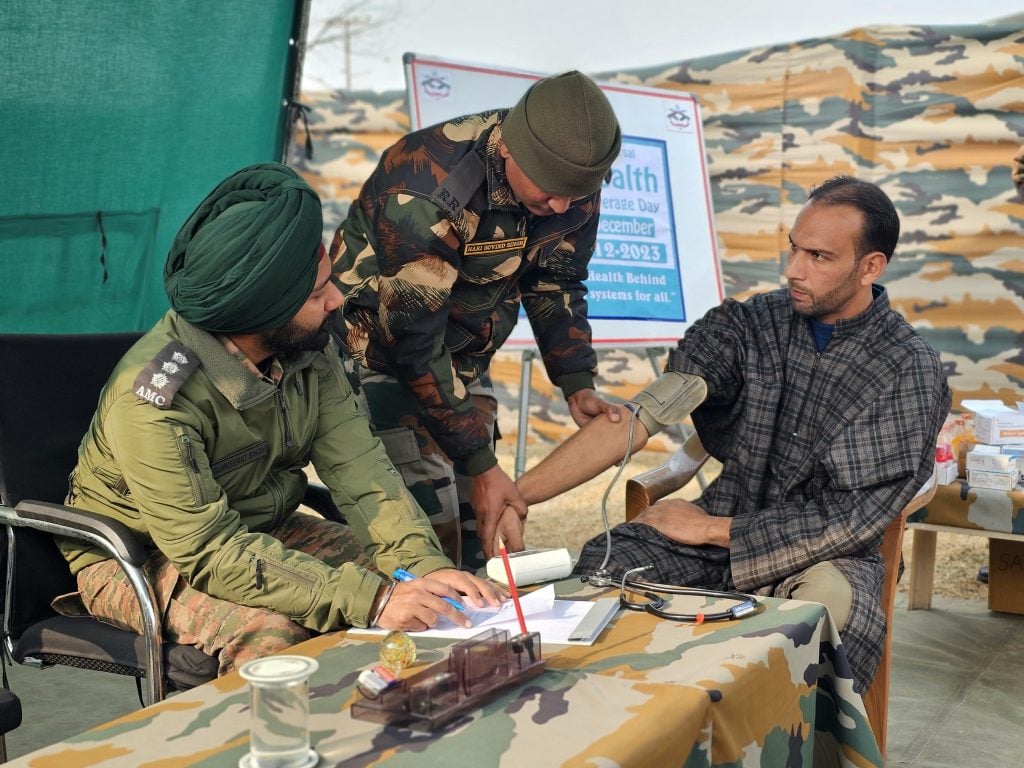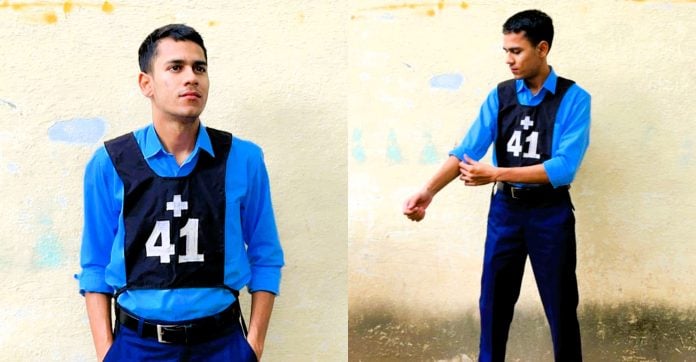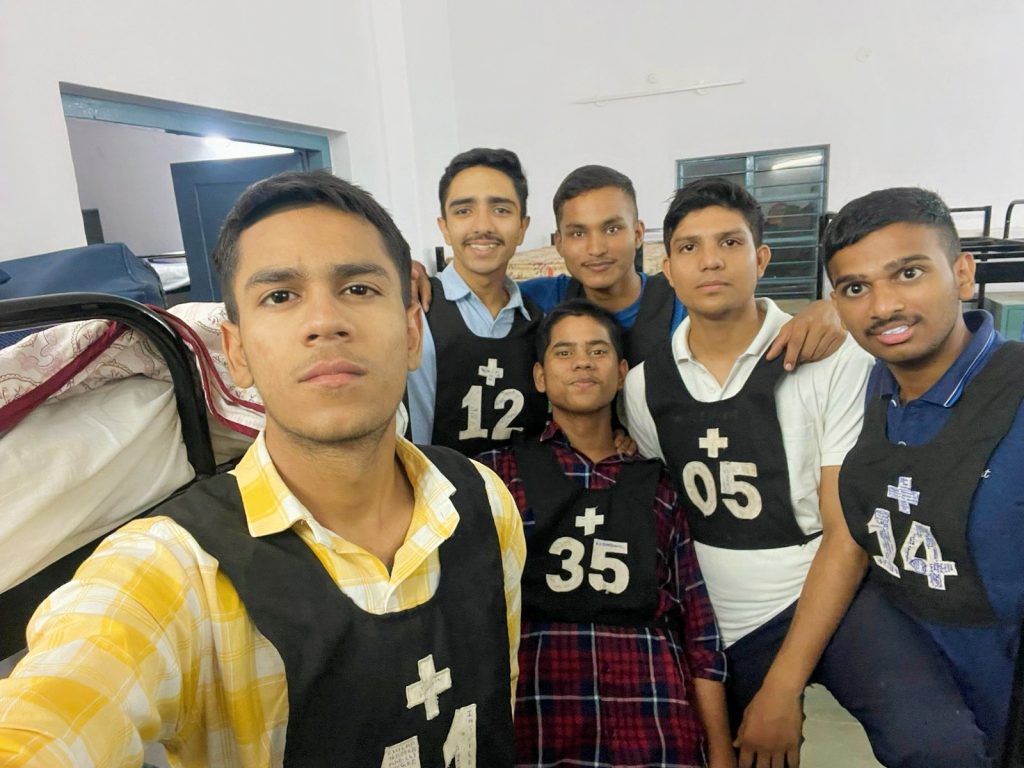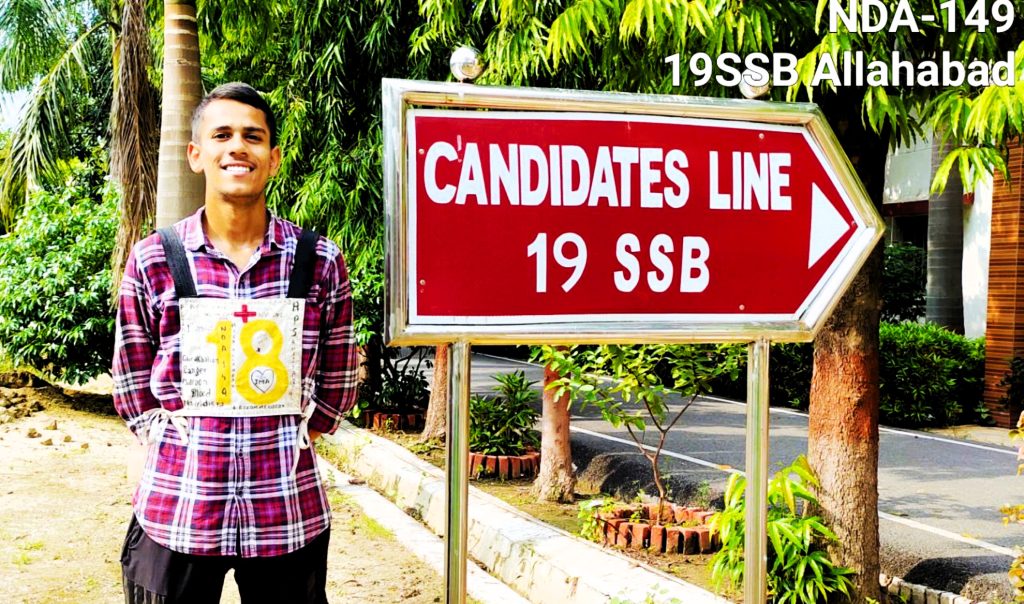The Indian Air Force (IAF) is renowned for its prestigious, rewarding, and adventurous career opportunities. As an aspiring Indian Air Force Officer, you must be curious about the salary structure, pay scale, and allowances associated with different ranks. In this comprehensive guide, we will delve into the details of Indian Air Force Officer’s salaries, pay scales, and various allowances.
Salary Structure of Indian Air Force Officers
The annual salary of an Indian Air Force Officer depends on their rank, branch, and years of experience. The salary and associated allowances generally increase with each year of service and promotion. Let’s take a closer look at the estimated annual salaries based on years of experience:
- Indian Air Force Officer with 5 to 9 years of experience: An officer with this experience range receives an annual base salary of approximately INR 6,03,000.
- Indian Air Force Officer with 10 to 19 years of service: Officers in this range receive an annual base salary of around INR 7,80,000 per year.
- Indian Air Force Officer with over 20 years of experience: Officers with over 20 years of experience receive an annual base salary of approximately INR 8,95,050.
Please note that these figures are approximate and subject to change. It’s important to keep in mind that the salary structure may vary based on factors such as promotions, rank, and branch of service.
Monthly Gross Emoluments of Flying Officers
Gross pay refers to the remuneration or basic salary of a Flying Officer in the Indian Air Force. It does not include other applicable allowances or deductions. Let’s take a look at the monthly gross emoluments for Flying Officers in different branches:
- Ground Duty Branch: Flying Officers in the Ground Duty branch receive a monthly gross emolument or monthly gross basic of approximately INR 54,860. This is the lowest among the three branches.
- Technical Branch: Flying Officers in the Technical branch receive a monthly gross emolument or monthly gross basic of around INR 57,360.
- Flying Branch: Flying Officers in the Flying branch receive the highest monthly gross emolument or monthly gross basic of approximately INR 66,110. This branch offers the highest salary among the three branches.
Also Read: Indian Army Officer’s Pay Scale & Allowances 2024
Please note that these figures are subject to change and may vary based on the specific role, responsibilities, and promotions within each branch.
Allowances for Indian Air Force Officers
Apart from the basic salary, Indian Air Force Officers are entitled to various allowances and perks. Here are some of the allowances provided to Indian Air Force Officers:
- Military Service Pay (MSP): Newly inducted Flying Officers receive an MSP of INR 6,000 per month. MSP is considered part of the basic pay and is used to calculate other allowances such as Dearness Allowance (DA), House Rent Allowance (HRA), and pensions.
- Grade Pay (GP): The Grade Pay for newly commissioned Flying Officers is INR 5,400 per month.
- Kit Maintenance Allowance: Flying Officers receive a monthly Kit Maintenance Allowance of INR 500.
- Dearness Allowance (DA): DA is linked to the consumer price index and fluctuates based on the average changes in the cost of goods and services over time. The DA component of the salary increases proportionally with the consumer price index.
- Transport Allowance (TA): The Transport Allowance is location-dependent. For Flying Officers deployed in major metro cities, the monthly Transport Allowance is INR 3,200 plus applicable DA. For officers deployed in other cities and towns, the monthly Transport Allowance is INR 1,600 plus applicable DA.
- House Rent Allowance (HRA): The HRA provided to Flying Officers is also location-dependent. The percentage of HRA varies based on the classification of the city where the officer is deployed. Class X cities, which include major metro cities, provide a higher percentage of HRA compared to Class Y and Class Z cities.
- Flying Allowance: Newly inducted Flying officers in the Flying branch receive a Flying Allowance of INR 11,250 per month.
- Technical Allowance: Newly inducted officers in the Technical branch receive a Technical Allowance of INR 2,500 per month (tier 1 course). For tier 2 courses, the Technical Allowance is INR 3,750 per month.
Please note that these allowances are subject to change and may vary based on rank, experience, and specific roles within the Indian Air Force.
Pay Scale for Newly Inducted Flying Officers
The rank of Flying Officer is the initial rank awarded to officers in the Indian Air Force. During the training period, flight cadets receive a fixed stipend of INR 56,100 per month. After the completion of training, the monthly basic salary or basic pay for newly inducted Flying Officers is approximately INR 15,600. The pay scale ranges from INR 15,600 to INR 39,100, and the associated pay band level is PB 3. Along with the basic pay, Flying Officers receive fixed components, variable components, and allowances.
Flying Allowances and Technical Stipends for Various Ranks
The Flying Allowances and Technical Stipends vary based on the rank and designation of Indian Air Force Officers. Here is an overview of the monthly Flying Allowances and Technical Stipends for different ranks:
- Flying Officer: INR 11,250 per month
- Flight Lieutenant: INR 13,750 per month
- Squadron Leader: INR 17,500 per month
- Wing Commander: INR 17,500 per month
- Group Captain: INR 17,500 per month
- Air Commodore & Beyond: INR 13,125 per month
Please note that these figures are subject to change and may vary based on specific roles and responsibilities within the Indian Air Force.
Monthly Salary and Pay Band Level as per the 7th Pay Commission
The monthly salaries of Indian Air Force officers vary depending on their rank, location of employment/base, and years of service. Here is an overview of the monthly salaries and pay band levels as per the 7th Pay Commission:
- Flying Officer: INR 56,100 to INR 1,77,500 (Level 10 in the Pay Matrix)
- Flying Lieutenant: INR 61,300 to INR 1,93,900 (Level 10B in the Pay Matrix)
- Squadron Leader: INR 69,400 to INR 2,07,200 (Level 11 in the Pay Matrix)
- Wing Commander: INR 1,21,200 to INR 2,12,400 (Level 12A in the Pay Matrix)
- Group Captain: INR 1,30,600 to INR 2,15,900 (Level 13 in the Pay Matrix)
- Air Commodore: INR 1,39,600 to INR 2,17,600 (Level 13A in the Pay Matrix)
- Air Vice Marshal: INR 1,44,200 to INR 2,18,200 (Level 14 in the Pay Matrix)
- Air Marshal HAG Scale: INR 1,82,200 to INR 2,24,100 (Level 15 in the Pay Matrix)
- Indian Air Force Officer under HAG+ Scale: INR 2,05,400 to INR 2,24,400 (Level 16 in the Pay Matrix)
- VACS or Airforce Commander or Air Marshal (NFSG): INR 2,25,200 (fixed) (Level 17 in the Pay Matrix)
- CAS or Chief of Air Force Staff: INR 2,25,200 (fixed) (Level 18 in the Pay Matrix)
Please note that these figures are subject to change and may vary based on the specific rank, location, and years of service.
A career in the Indian Air Force offers not only prestige and adventure but also competitive salaries and allowances. The salary structure, pay scale, and various allowances for Indian Air Force Officers are determined based on factors such as rank, branch, experience, and location. It’s important to note that these figures may vary over time due to revisions in pay scales and government policies. As you progress in rank and gain more experience, your income and entitlements will increase in line with your enhanced responsibilities.
If you aspire to serve in the Indian Air Force, thoroughly research the current salary structure and allowances to make an informed decision about your career path. The Indian Air Force offers a rewarding and fulfilling career for those who are passionate about serving the nation and seeking adventure.
Remember, the figures provided in this guide are approximate and subject to change. For the most accurate and up-to-date information, it is recommended to refer to official sources or consult with Indian Air Force recruitment authorities.
Wishing you success in your journey to become an Indian Air Force Officer!

